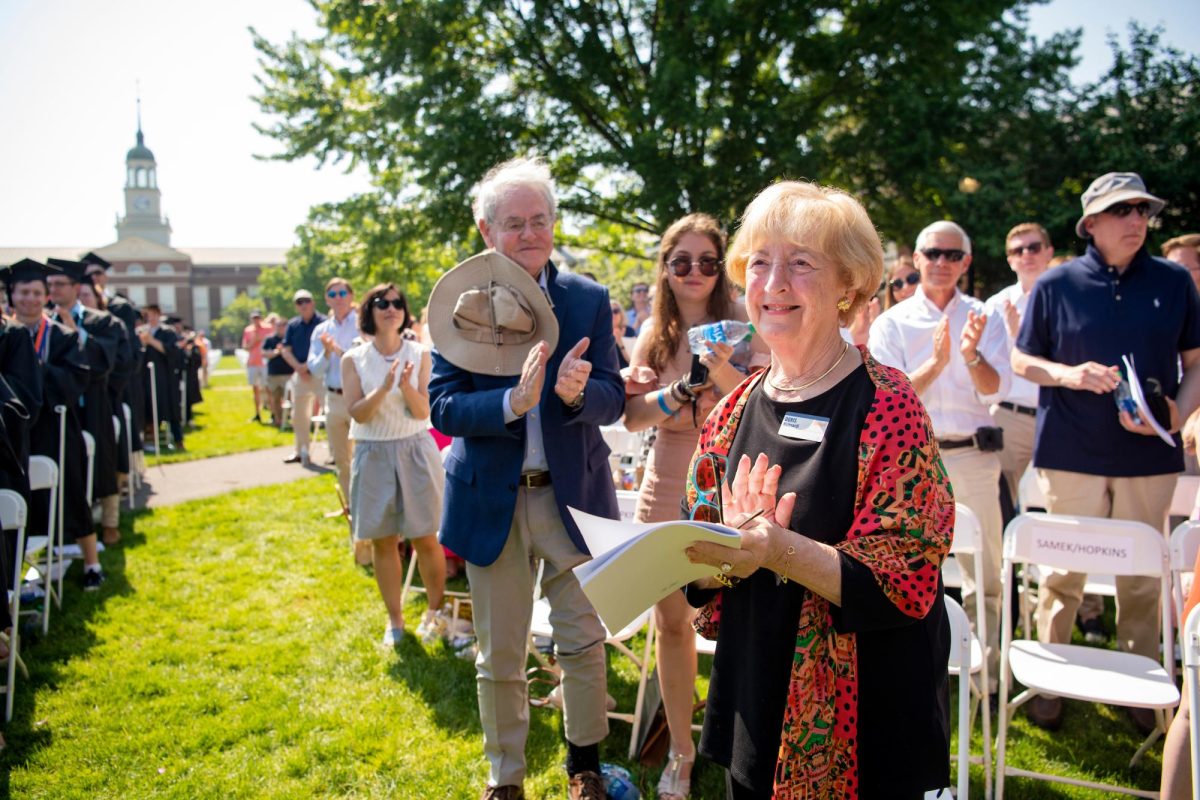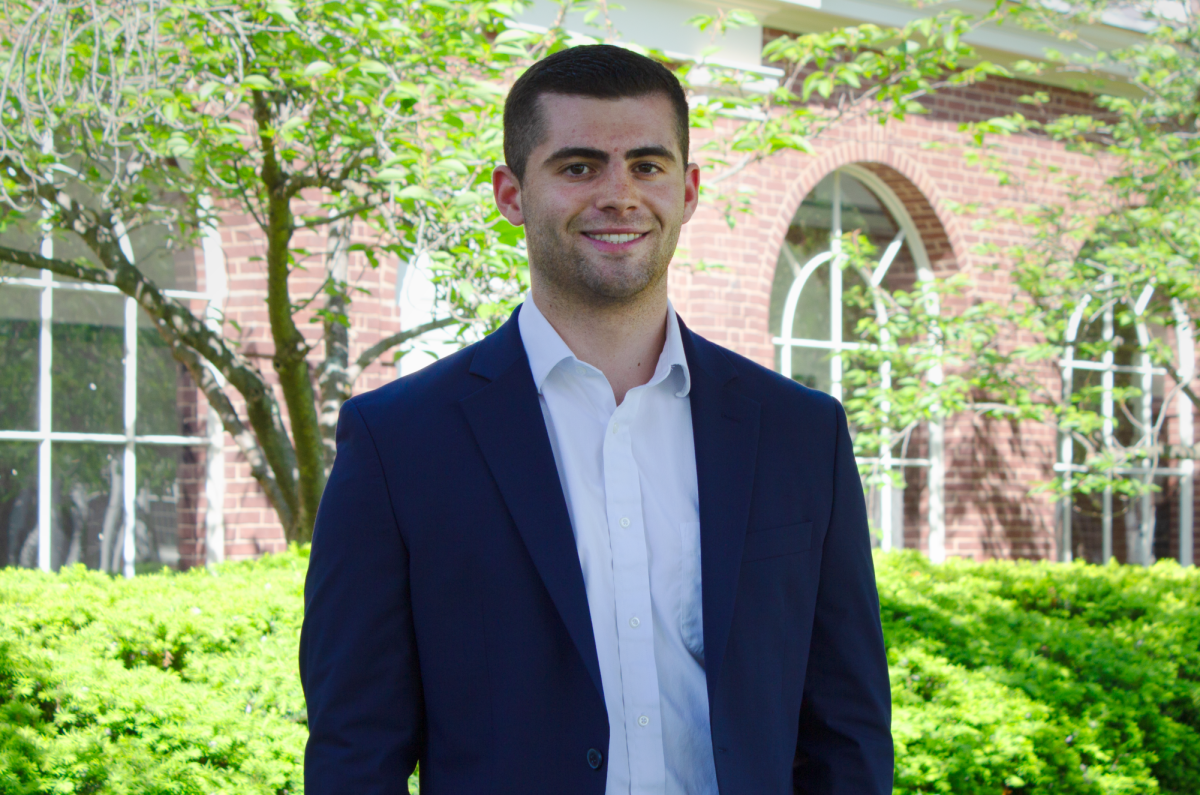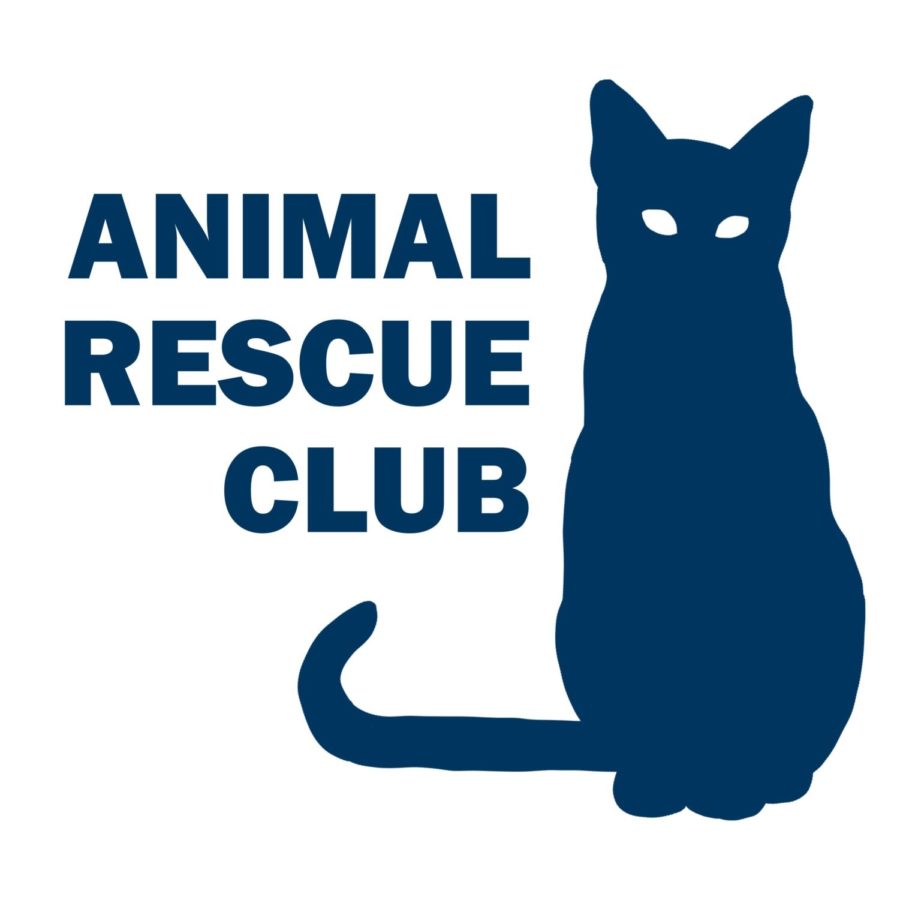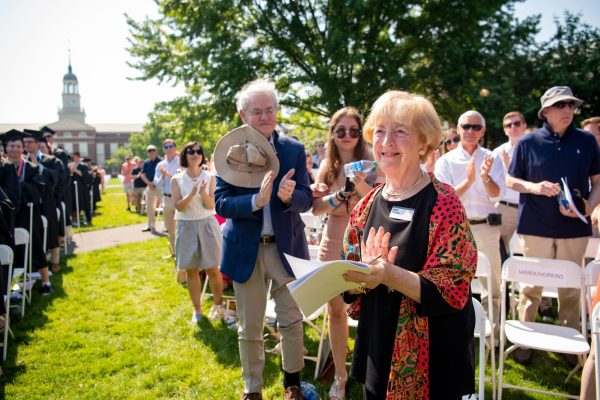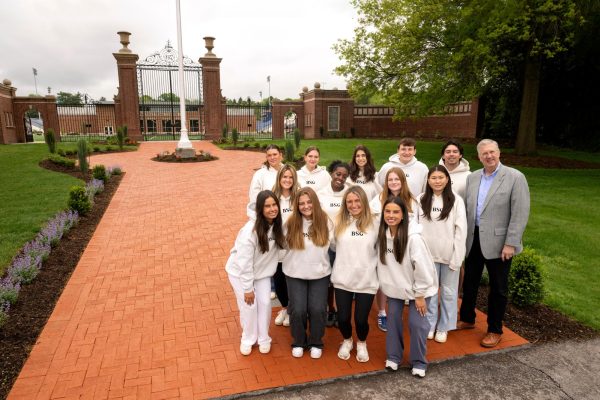Seeing the Strays of Lewisburg
April 15, 2022
As we leave the world of education and enter the “real world,” we are exposed to many of the world’s great injustices and the systematic faults that exist around us. Very few of these issues and injustices have tangible solutions, much less one that each of us can have a discernible impact on.
Yet, there exists a glaring issue right on our campus that very few have addressed or are even aware of – stray cats. Despite the wide gap in our students’ and staff’s understanding of stray overpopulation, it is an issue that has tangible solutions that can be accomplished by motivated and compassionate people, and a change in attitude.
Indeed, stray cats wreak havoc on natural ecosystems and are ferocious predators, a very clear indication that their intended environment isn’t outdoors. The unfortunate reality is that cats as a species have been heavily domesticated, yet a failure to fully acknowledge them as pets leave them without homes or protection, and cats bred to rely on humans are forced instead to rely on themselves.
Hundreds of thousands of cats are abandoned on a regular basis, cited as an inconvenience or a nuisance. Unfortunately, from the moment they move from their comfortable home to the harsh outdoors, the world sees them as nothing but a stray. These cats are forced to hunt and scavenge for their survival, and live extremely difficult and short lives. Many of them never again get to experience the human love they had been akin to before.
Fortunately, as new generations of more compassionate and visionary individuals emerge into the world, so has a renewed concern for cats – both stray and homed. However this renewed concern still has a long way to go, and while the drive and effort from individuals set on helping cats is almost universally unmatched, they can only do so much on their own.
Even those unaware of the stray cat issue may indeed be aware of the little nook for lucky cats on Market Street that exists in the Lewisburg Scratching Post. The Lewisburg Scratching Post is in actuality run by a rescue called Cherished Cats, a volunteer-run rescue that is responsible for helping a vast majority of cats in our town, and who most turn to when they need help with a stray.
However, the reliance of the community on Cherished Cats regularly exceeds the resources they have at their disposal. On a regular basis, Cherished Cats are forced to refuse in-need strays simply due to a lack of resources.
A process called trap-neuter-release (TNR) has been effectively reducing the number of cats in dire situations for years, and has come to be relied on in the world of cat rescue.
Cats are very fast to repopulate – one stray female can give birth to up to three litters and upwards of 27 kittens in the course of one year. That is 27 new cats that cat rescuers do not have the resources to help– and 27+ terrible situations that can be avoided through one TNR. Through trap-neuter-release we are able to limit the population of strays and in-need cats in the least invasive way possible and at the same time rehome cats who were once loved pets.
The process of TNR is a surprisingly concrete one, and essentially guarantees success when followed through completely. In the process of trap-neuter-release, cats are humanely and carefully trapped and neutered, and upon deciding whether they can be socialized, they are rehomed or released.
Many of the cats labeled as “feral” are the offspring of abandoned strays, and have never been exposed to human interaction. One of the most important focuses of any given rescue is to rehome cats who have been abandoned as strays– however, we believe that even cats who don’t readily approach humans also deserve the attention and help given to those who do. The aim of TNR and cat rescue is never to take away an animal’s comfort and thus, those cats who are not ready to live in the presence of humans are released and allowed to live the remainder of their lives freely- with the care and watchful eye of volunteers.
Once an entire colony has gone through the process of TNR that colony can no longer reproduce, and volunteers can care for those cats for the remainder of their lives– after which, the colony no longer exists.
The Animal Rescue Club at the University formed through students who on their own noticed the strays in the area and experienced the disheartening and emotionally draining process of attempting to help them alone. As we have brought our efforts together, we realize how much of a difference a bit of support makes in our ability to create real change.
Not only do we recognize in our club the potential for a community where students who hold a genuine concern for animals in the area can collaborate and connect- we recognize the potential to make the University and its community a place that cares a bit more for the world around it.
The University’s community, and that of any university, can inherently be a very unforgiving one. The stresses of academics combined with the pressure to thrive socially creates an environment that can feel harsh, especially when many social connections are made under the very real threat of disapproval. It is easy in these environments to forget to be kind to the world around us.
We at the Animal Rescue Club believe that the University has the capacity to be a community that cares for its animals, and is conscious of and kind to the world we exist in. An environment in which people are unconcerned for the cats around them is very difficult to embrace as people who feel a personal responsibility for the wellbeing of stray animals and we feel that these students deserve to know that the animals they care about are safe in their community.
The problem of stray overpopulation is one our student body can approach and we have the resources and motivation to do so successfully. In pursuing these kinds of solutions, we teach students to approach the world’s problems head-on, and show them what making real change looks and feels like. The act of bringing even one cat to a person who will forever cherish them produces a feeling of accomplishment that some students may never experience, at the University or elsewhere.
ABOUT ARC:
The population of stray cats around Lewisburg and- more specifically- around the University has long been substantial and noticeable, and while many students feel a personal desire to do something to help, it’s difficult to figure out what that thing is on your own. Our students’ compassion offers an opportunity that most stray cats never get, and one that they badly need. We hope to put the resources the University offers to use and bring together those people who do want to give these cats and other animals a hand, whether that be in helping to set up stray cat feeding stations and shelters, or whether that be investing a bit more time and actually accomplishing some rescues! It’s a place where we can make real change in the lives of these animals, and we hope that anyone who feels particularly passionate for animals will want to join us in building a support system for stray animals in the area and ensuring that it lasts.



